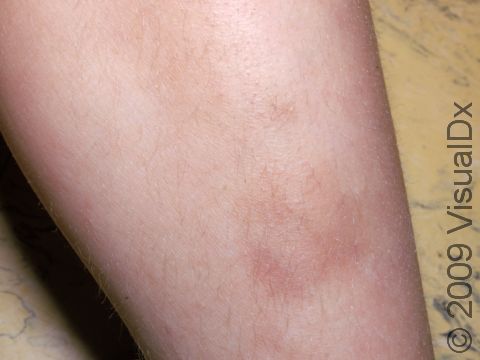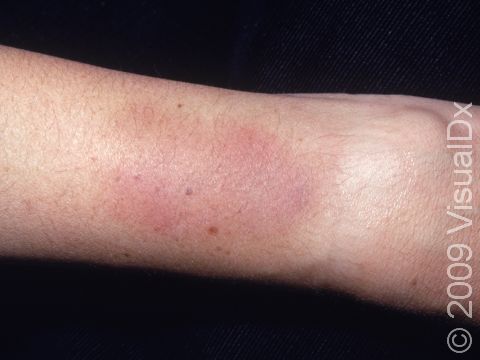Bruises, First Aid
Bruises (contusions) are dark, discolored areas on the skin that form when blood seeps into surrounding tissue beneath the skin, often due to a bump or hit to the body.
Bruises do not always occur at the exact site of the trauma, as gravity can cause them to appear in another location.
Bruises can be a sign of internal bleeding.
First Aid Guide
If there is external bleeding in addition to bruising, attempt to stop the bleeding before attending to the bruising. General measures for stopping bleeding are as follows:
- Locate the source of the bleeding.
- Wash your hands and, when possible, wear gloves or use a barrier between you and the wound.
- Remove any loose debris. Note: Do NOT pull debris from a wound that is embedded.
- With a sterile or clean dressing, apply direct pressure.
- Unless a broken bone is suspected, elevate the injured area above the heart.
If the bleeding does not stop after 15 minutes of the above measures, seek prompt medical care.
Self-care measures for bruises are as follows:
- Apply a cold compress to the affected area to reduce the swelling. Note: Do not put ice directly on the skin. Cold compresses can be applied for 30–60 minutes a day until the bruising subsides.
- If the bruise is on an extremity (eg, arm or leg), raise it above the heart to reduce the flow of blood to the affected area.
Take a pain reliever (eg, acetaminophen, Tylenol®) for pain, if needed.
Who's At Risk?
Bruises are very common in children who are learning to walk. The skin in young children is thinner, making bruises more obvious.
Bruising on the upper leg is also quite common in women. Bruising on the forearms in the elderly with a lot of sun damage is also common, particularly if they are on aspirin or blood thinners.
Bruises that appear for no apparent reason can be a sign of serious illness.
Signs & Symptoms
Bruises are dark, discolored areas on the skin that are sometimes accompanied by swelling. Bruises often appear “black and blue” or blue-green in the early stages and eventually fade to yellow-green as the body breaks down the blood and reabsorbs it, typically over a period of about 10 days. When bruises first occur, they may include red spots or splotches.
Treatments
Your physician will treat the trauma that occurred, if necessary. Additionally, testing may be done to check for a blood-clotting problem or blood-related disease.
Visit Urgency
If internal bleeding is suspected, there is bleeding that cannot be stopped by self-care measures, or if there is serious trauma (eg, a potential spinal cord injury), seek emergency medical care. If bruises appear for no apparent reason, particularly if you don’t have a previous history of bruising; if there is a loss of function (eg, you suspect a broken bone); if you are bleeding elsewhere (particularly from the gums or nose, or you notice blood in stool or urine); or if bruises are large and particularly painful, seek medical attention.
Trusted Links
Last modified on October 6th, 2022 at 2:46 pm

Not sure what to look for?
Try our new Rash and Skin Condition Finder

